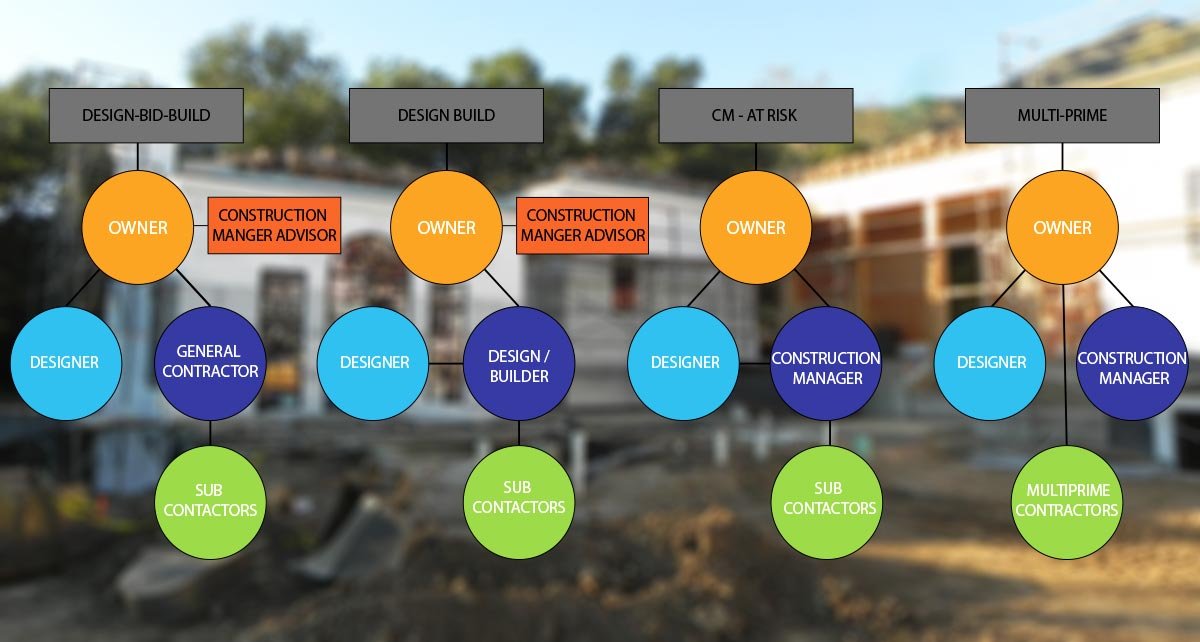
The new 96,000-square-foot, multi-disciplinary facility for Long Beach City College is a design/build project. (Photo credit: HPI Architecture)
Design/build, a process in which the project owner contracts with one company to coordinate all aspects of construction and design, is the fastest-growing project delivery method in the United States, and for good reason. As owners see the many benefits, as well as the efficiencies it creates, demand continues to increase. But that doesn’t mean it’s right for every project. In this article, we’ll look at the top three factors when considering this delivery method.
Improved Collaboration
Whereas with other project delivery methods, the general contractor, interior designer, architect, subcontractors and other project partners may be brought on at different times, design/build ensures all parties are working together from day one. It ensures the team is a cohesive unit, working toward the same goals, vision, timeline and budget.
Any disagreements or varying opinions can be solved upfront during the pre-construction process, rather than going back to the drawing board or revising previously completed work when a new project partner provides their input. Design/build often allows materials to be procured earlier on in the construction process, which can help save on raw material costs. Overall, the open dialogue and improved collaboration creates efficiencies that can help keep projects on budget and shorten the overall project timeline.
Enhanced Owner Experience
In addition to improved communication between project partners, design/build improves communication with owners as well. Owners can communicate with one integrated entity, rather than working with multiple project partners whose opinions and updates may not be fully aligned. This saves time and reduces miscommunication that can result in project delays, while enhancing the overall experience for the owner.
Once owners experience the ease of design/build, it’s often their preferred method for all future projects. It also has the added benefit of transferring a greater portion of the risk away from the owner, as they are contracted with one company that is solely responsible for the entirety of the project rather than managing multiple contracts.
Project Specifications
Clearly design/build has a host of benefits, but it’s not necessarily right for every project. Before deciding on a design/build delivery method, it’s wise to consider the design specifications, scope and framework for the project at hand. For example, higher education is particularly well suited to design/build, as buildings are almost always designed to the specifications of a campus master plan. The architect can execute based on a set criteria and aesthetic, minimizing the need for extensive design discussions with the owner.
Recently, C.W. Driver Companies broke ground on a 96,000-square-foot, multi-disciplinary facility for Long Beach City College. The $48.2 million, three-story facility is the first design/build project funded by the state of California and will feature a design that nods to the college’s Spanish colonial revival style while incorporating modern elements from the newer side of campus.
Long Beach City College already has a strong vision for the end-result, which makes design/build’s common point of responsibility a seamless process. However, if the design is more flexible or the desired result is uncertain, owners may want to consider selecting and coordinating directly with the designer via another delivery method. Design/build can still work well in these cases, but it’s important to weigh the pros and cons based on the owner’s vision and how closely they’d like to be involved in the design process.
While it may not be the right choice for every project, design/build is a highly successful delivery method that improves communication and collaboration while enhancing owner satisfaction. This can result in a more streamlined process that improves timelines and reduces budgets, making it a delivery method every owner should consider when seeking out a team for their next project.
Chris Myers is senior project manager at C.W. Driver Companies, a premier builder serving California since 1919. He can be reached at cmyers@cwdriver.com.
